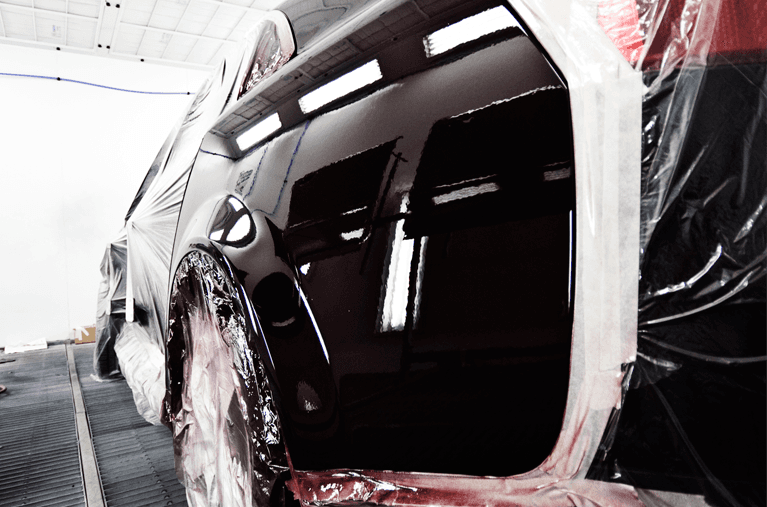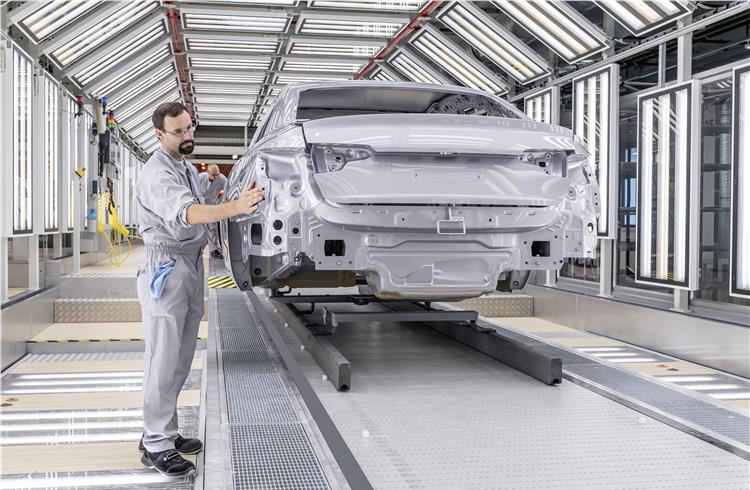Painting plastic car parts can be a daunting task, but it’s essential for both aesthetics and protection. Plastic parts such as bumpers, trim pieces, and spoilers are susceptible to wear and tear, and painting them can restore their original look or customize your vehicles appearance. In this comprehensive guide, well walk you through the step-by-step process to achieve a professional finish.

Why Paint Plastic Car Parts?
Plastic car parts often lose their luster over time. Painting them can bring a fresh look to your car while protecting the parts from UV rays, scratches, and other environmental factors. Here are some reasons why painting plastic car parts is beneficial:
- Enhanced aesthetic appeal
- Increased protection against elements
- Customization opportunities
Gathering the Necessary Materials
Before you begin, ensure you have the right materials. Heres a list of essential items:
- Plastic cleaner and degreaser
- Sandpaper (various grits)
- Primer designed for plastic
- Spray paint suitable for plastic
- Clear coat spray
- Lint-free cloths
- Masking tape and paper
Choosing the Right Paint
Selecting the right paint is crucial for a durable and professional finish. Use paints specifically formulated for plastics. Brands like Krylon and Rust-Oleum offer spray paints designed for plastic surfaces.
Preparing the Surface
Proper preparation is key to a successful paint job. Follow these steps:
Cleaning
Thoroughly clean the plastic parts using a plastic cleaner and degreaser. Remove all dirt, grease, and grime to ensure the paint adheres properly.
Sanding
Sand the surface with fine-grit sandpaper (400-600 grit) to create a smooth and slightly abrasive surface. This helps the primer adhere better.
Masking
Use masking tape and paper to cover areas that you dont want to paint. This protects them from overspray.
Applying the Primer
Priming is essential for a long-lasting finish. Choose a primer designed for plastic surfaces.
Priming Steps
- Shake the primer can thoroughly.
- Apply the primer in thin, even coats.
- Allow each coat to dry completely before applying the next.
- Sand lightly between coats if necessary.
Painting the Plastic Parts
Now its time to apply the paint. Follow these steps for a smooth and professional finish:
Painting Steps
- Shake the paint can well.
- Apply the paint in thin, even coats.
- Hold the can about 6-8 inches away from the surface.
- Allow each coat to dry completely.
- Apply multiple coats for better coverage, if needed.
- Sand lightly between coats if necessary.
Applying the Clear Coat
The clear coat protects the paint and adds a glossy finish. Follow these steps:
Clear Coat Steps
- Shake the clear coat can thoroughly.
- Apply the clear coat in thin, even coats.
- Allow each coat to dry completely.
- Apply multiple coats for better protection.
Final Touches
After the clear coat has dried, inspect the painted parts for any imperfections. Sand lightly if needed and apply additional coats of paint or clear coat if necessary. Remove the masking tape and paper carefully.

FAQs
Can I use regular spray paint on plastic car parts?
It’s recommended to use spray paint specifically formulated for plastic for better adhesion and durability.
How long should I wait between coats?
Allow each coat to dry completely, usually takes 10-15 minutes. Check the manufacturers instructions for specific drying times.
Do I need to sand between coats?
Light sanding between coats can help achieve a smoother finish. Use fine-grit sandpaper and sand lightly.
For more detailed instructions on painting your car, you can refer to this comprehensive guide by auto body tool mart!
